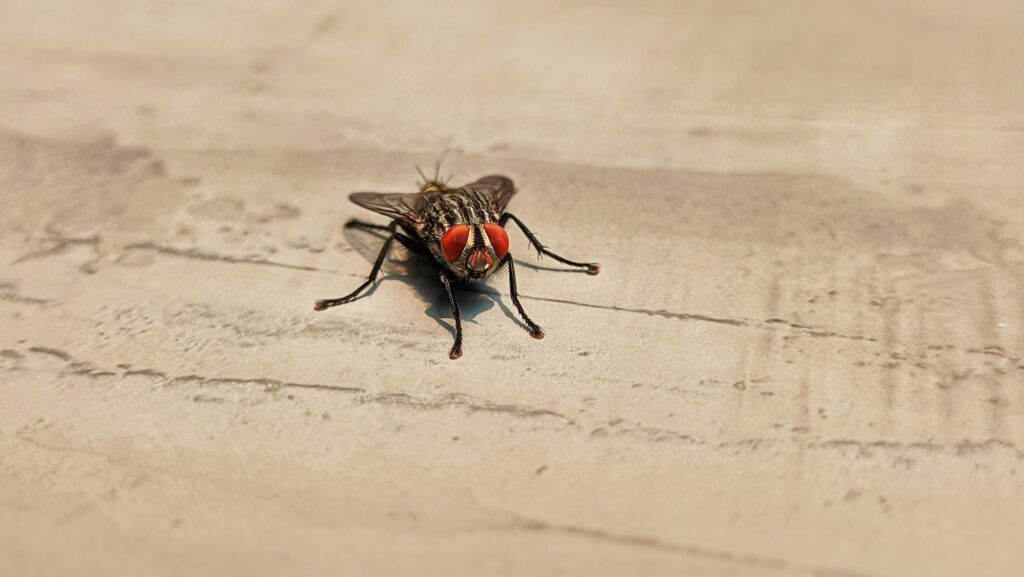When one thinks of urban life, pest behavior is unlikely to feature prominently. Yet, in cities, the presence of pests is an enduring reality. These uninvited guests exhibit surprising resilience and adaptability. Understanding pest behavior in urban settings is more than an academic pursuit; it is vital for city dwellers’ health and well-being.
The Urban Jungle
Cities act as a magnet for pests. They tantalize with food sources, ample shelter, and moderated climates. Dumpster alleys in busy metropolitan areas or the warmth of underground metro systems create ideal nesting environments for rodents.
Sidewalks are often littered with food scraps, which attract ants, cockroaches, and flies. These bustling urban centers become hubs of potential pest activity, demanding attention from residents and authorities to maintain a balance between living spaces and nature.
The sprawling urban landscape also presents pests with a network of interconnected habitats. Parks, subways, and construction sites are all part of a mosaic that allows for uninterrupted movement and expansion. This overlap of human and pest habitats can lead to unexpected encounters and an increased chance of infestation in homes and businesses. The challenge lies in addressing these encounters without compromising the ecosystem balance, pushing urban planners and pest control experts to collaborate in innovative ways.
The increasingly dense populations in many cities not only provide abundant food but also elevated levels of waste production. With urban centers growing both upward and outward, recycling and waste disposal systems face unprecedented pressure.
Mismanaged waste provides a feast for urban pests, reinforcing their presence and making their control significantly more challenging. Collaborative efforts between waste management and local communities become crucial to minimize the opportunities for pest proliferation.
Survival of the Fittest
Pests are undeniably adept at surviving the cityscape. Consider the ubiquitous rat, whose skills resemble those of an accomplished urban adventurer. Agile and intelligent, rats can swim through sewer systems, climb walls, and gnaw through materials to gain access to food supplies. Cockroaches, meanwhile, show cunning in their evasiveness and survival under conditions that might seem unbearable to us.
The adaptability of these creatures is matched by their prolific breeding capabilities. A single pair of mice, undisturbed, can multiply into hundreds within a matter of months.
Such rapid reproduction rates further complicate control efforts, necessitating swift and sustained interventions to prevent overwhelming infestations. Monitoring and leveraging community awareness can play pivotal roles in early detection and effective response strategies.
Moreover, certain pests have developed resistance to commonly used control agents, posing a significant challenge to eradication efforts. This resistance necessitates the development of alternative control measures and pushes the need for research into more effective solutions. By integrating technological advances with traditional approaches, we are better positioned to develop sustainable methods to curb pest populations.
In combating the tenacity of urban pests, enlisting the expertise of the best professional pest control company – KY-KO Pest Prevention, can enhance these efforts. These professionals use advanced methods to address infestations while minimizing ecological impact, aligned with community health and safety priorities.
Co-habitation with Humans
Urban pests are not mere nuisances—they impact health and infrastructure. Mice and rats can chew through electrical wires, posing a significant fire hazard. Cockroaches contribute to respiratory issues due to allergens they release into homes. Thus, the conduct of pests calls for vigilant management, often requiring comprehensive pest control strategies.
This ongoing battle is not just about protecting human interests but also about understanding the complexities of urban ecosystems. Each attempt to manage pest populations impacts the intricate web of life in the city, often leading to unforeseen consequences. Thus, prudent pest control requires a holistic approach that balances human needs with that of maintaining ecological harmony. This balance is best achieved through community engagement and cross-disciplinary approaches, ensuring sustainable coexistence.
The concept of shared space underscores the importance of public awareness. Encouraging responsible building practices and community involvement can significantly lessen the human-pest interaction points. As a society, fostering a sense of shared responsibility will determine how effectively urban environments adapt and respond to their tiny residents.
Prevention and Adaptation
Professionals in urban planning now acknowledge the role of design in pest control. Biosecurity measures are often embedded into infrastructure planning. Sealing entrance points in buildings and redesigning refuse systems reduces pest access to food and shelter. Moreover, proper sanitation and timely repair of urban infrastructure reduce opportunities for breeding and feeding.
Recent initiatives in architecture have begun to include materials that deter pest colonization as a standard. Cities exploring sustainable building designs not only prioritize human comfort but also consider pest deterrence. Architects and builders embracing this multi-layered benefit contribute to long-term urban sustainability, offering new solutions to age-old challenges.
Communities playing active roles in pest management foster collective resilience. Participatory workshops and awareness campaigns act as platforms for sharing knowledge on preventive measures, transforming informed communities into empowered allies against urban pests. This movement towards inclusivity strengthens neighborhoods, reinforcing the idea that cohabitation does not have to come at the expense of public health.
Conclusion
Pest behavior in urban settings warrants attention for more than mere annoyance. It touches upon pest control industries, public health, and infrastructure durability. A neglectful attitude may lead to a surge in sightings, breeding superpests that resist conventional means. Understanding and combating urban pests requires not only strategies but also a keen appreciation of their adaptiveness and resilience. Cities must not only thrive but do so keeping in mind their tiniest of residents.

